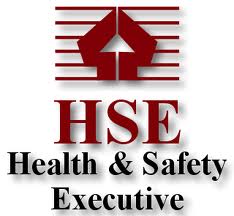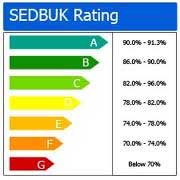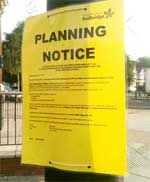
What are the minimum building maintenance requirements to stay within the law?
Our clients often ask this question.
 We think this largely stems from recent high profile cases where employees have been held personally libel for failings and have not been able to hide under a corporate umbrella.
We think this largely stems from recent high profile cases where employees have been held personally libel for failings and have not been able to hide under a corporate umbrella.
Also, the small print in many insurance policies is getting more and more particular about some of these things. Looking on the web, there is no up to date summary of the building maintenance requirements, so I thought I would write one myself.
Based on our interpretation of the law, these are maintenance activities that are required to stay within the law.
Air Conditioning – EU F-gas Regulation No. 842/2006
You must have an air conditioning maintenance plan in place. Frequency depends on weight of refrigerant.
- every 12 months (for buildings over 3 kg refrigerant – usually shops with 1-15 air conditioning units)
- every 6 months (for buildings over 30kg refrigerant – usually larger buildings with more than 15-75 air conditioning units)
- every 3 months (for buildings over 300kg refrigerant – very large office buildings with more than 75 air conditioning units)
Gas Equipment – Gas Safety (Installation and Use) Regulations 1998
All commercial gas appliances most inspected and certified at least annually. You must hold a valid gas safety certificate issued by a GasSafe registered engineer. The regulation states that gas appliances must be maintained and serviced in line with the manufacturers recommendations. In many cases, particularly with larger equipment, this will be more frequently than annually.
Water/ Legionella – Health and Safety at Work Act 1974
Firstly, a valid Legionella Risk Assessment most be in place and these are valid for 2 years. Normally monthly testing of water temperatures would be required.
Emergency Lights – The Regulatory Reform (Fire Safety) Order 2005
System must undergo 3hr drain down of emergency light batteries on an annual basis after which a level of 1.0 lux, is required at floor level for defined escape routes. Monthly switch on tests are also recommended.
Fire Systems – The Regulatory Reform (Fire Safety) Order 2005
A Fire Risk Assessment must exist and be reviewed at regular intervals, we interpret this as annually. A ‘responsible person’ should be identified and suitably trained. All Automatic fire detection systems are required to be tested and maintained (at least annually). Record keeping of service visits / inspections and weekly “Bell testing” should be kept.
Lifts – The Lifting operations & lifting equipment reg’s 1998 (LOLER) Regulation 9.
All lifts provided for use in work activities are thoroughly examined by a competent person at regular intervals. Typically lifts are maintained quarterly.
Lightning Conductors – Section 5 of Electricity at Work Act 1989
All lightning conductors and earth grounding installations should be visually inspected and tested at regularly fixed intervals, preferably not exceeding 12 months.The testing is carried out to BS 6651.







